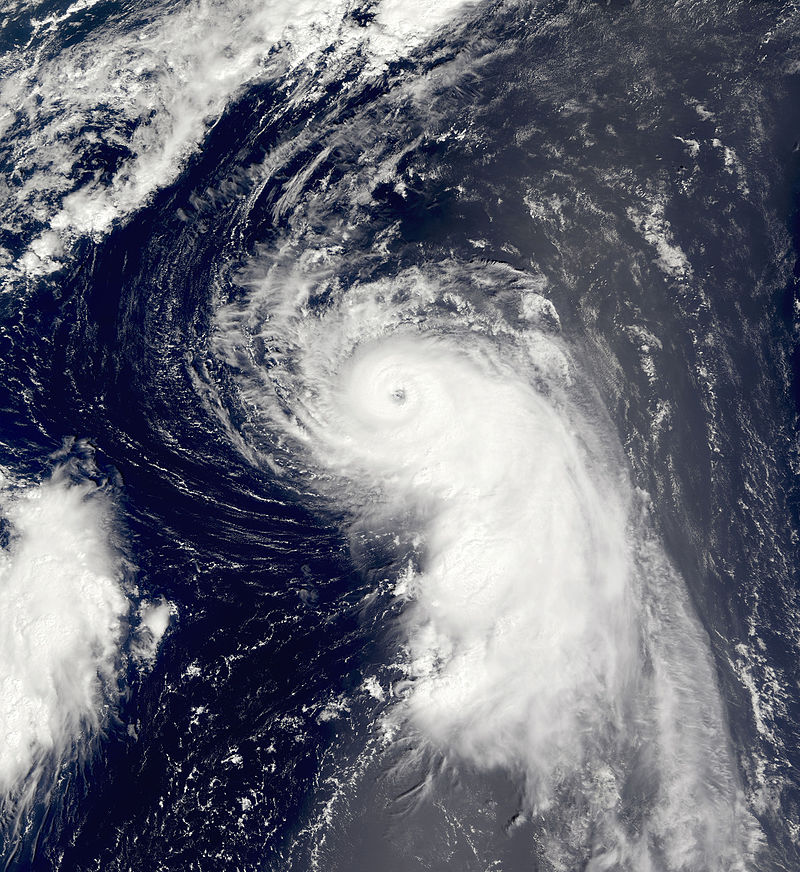This research article focuses on Hurricane Maria, a deadly Category 5 hurricane that wreaked havoc on the northeastern Caribbean in September 2017. Particularly affecting Dominica, Saint Croix, and Puerto Rico, Maria stands as the worst natural disaster in recorded history to hit these islands. This article provides an overview of the storm’s intensity, path, and impact on the affected regions, highlighting the destruction, loss of life, and economic ramifications. Additionally, recommendations for preparedness in the face of future hurricanes are discussed.
Introduction: In the extremely active 2017 Atlantic hurricane season, Hurricane Maria emerged as the thirteenth named storm, eighth consecutive hurricane, fourth major hurricane, and second Category 5 hurricane. It became the deadliest storm of the season and the deadliest Atlantic hurricane since Mitch in 1998. Maria also ranks as the tenth most intense Atlantic hurricane on record and the fourth-costliest tropical cyclone, with estimated losses of over $91.61 billion (2017 USD).
Impact on Dominica: As Hurricane Maria made landfall on Dominica on September 18, the island experienced catastrophic devastation. The storm’s ferocious winds and torrential rainfall destroyed housing stock, infrastructure, and lush vegetation beyond repair. Dominica suffered a death toll of 65, making Maria the deadliest hurricane to hit the island since the 1834 Padre Ruíz hurricane.
Impact on Guadeloupe, Martinique, and the Dominican Republic: Neighboring islands such as Guadeloupe and Martinique endured widespread flooding, damaged roofs, and uprooted trees. While the impacts were significant, the destruction was not as severe as that experienced in Dominica. The Dominican Republic reported five fatalities in connection with the storm.
Impact on Puerto Rico: Maria’s landfall on Puerto Rico on September 20 resulted in catastrophic damage and a major humanitarian crisis. The majority of the island’s population suffered from extensive flooding and a lack of essential resources. The storm caused the worst electrical blackout in US history, lasting for several months. The death toll in Puerto Rico reached an estimated 2,975, making Maria the deadliest hurricane to hit the island since the 1899 San Ciriaco hurricane.
Response and Rebuilding Efforts: The aftermath of Hurricane Maria highlighted the need for efficient emergency response and improved infrastructure. Puerto Rico faced significant challenges in providing aid and relief to its affected population. The recovery process included a comprehensive approach, involving government assistance, international aid, and community resilience efforts. Rebuilding efforts focused on enhancing infrastructure resilience, reinforcing emergency preparedness, and implementing advanced warning systems.
Preparing for Future Hurricanes: To protect against future hurricanes similar to Maria, individuals and communities in hurricane-prone areas should take proactive measures. These include developing and practicing emergency plans, securing homes and belongings, assembling emergency supply kits, and staying informed through reliable sources of information. Collaborative efforts between governments, communities, and organizations are crucial to effectively mitigate the impacts of hurricanes.
Interesting Fact: As a direct result of Hurricane Maria, Puerto Rico experienced a significant migration phenomenon. Following the devastation caused by the storm, thousands of Puerto Ricans relocated to the United States mainland in search of better living conditions and opportunities. This migration wave had social, economic, and cultural implications for both Puerto Rico and the receiving communities.
In conclusion, Hurricane Maria’s impact on the northeastern Caribbean in 2017 was catastrophic, causing extensive damage, loss of life, and economic repercussions. Dominica, Saint Croix, and Puerto Rico were among the hardest-hit regions. To minimize the impact of future hurricanes, preparedness and resilience-building measures must be prioritized at the individual, community, and governmental levels. The lessons learned from Hurricane Maria can guide future disaster management strategies, ultimately saving lives and minimizing the devastation caused by such storms.




Leave a Reply